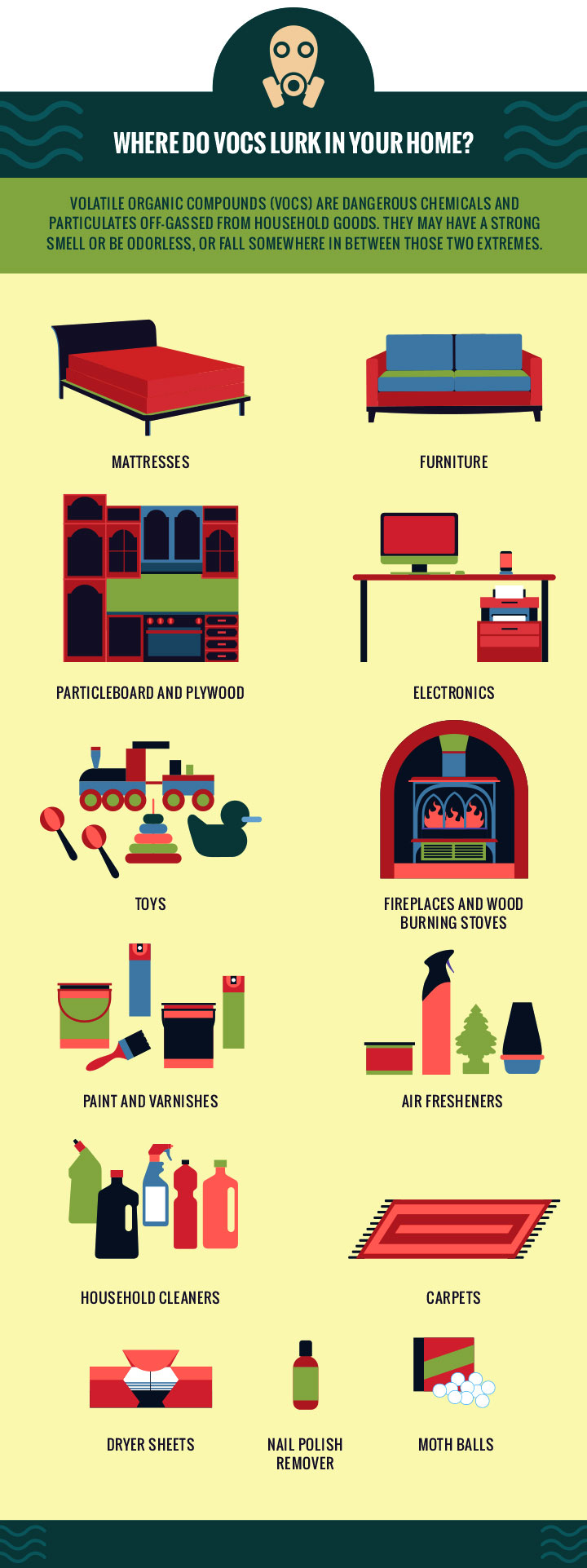Latex mattresses are made from a natural material derived from rubber tree sap. While this may sound like a healthier and more eco-friendly option, it can actually cause problems for those with latex allergies. These allergies can range from mild skin irritation to more severe respiratory issues, making it important for individuals to be aware of their allergies before purchasing a latex mattress.1. Latex Allergies
While latex mattresses are known for their durability, they are not immune to wear and tear. Over time, the latex material can break down and lose its elasticity, causing the mattress to develop indentations and lose its support. This can be frustrating for consumers who have invested in a supposedly long-lasting mattress and find themselves needing to replace it sooner than expected.2. Durability Issues
Latex mattresses are known for their breathability, but they can still retain heat, especially if they are made with synthetic materials. This can be uncomfortable for hot sleepers, causing them to wake up in the middle of the night feeling sweaty and uncomfortable. If you tend to sleep hot, it's important to carefully consider the materials used in the construction of the latex mattress you are considering.3. Heat Retention
One of the biggest complaints about latex mattresses is the initial off-gassing smell that can occur when they are first unpacked. This is caused by the chemicals used in the manufacturing process and can be an unpleasant experience for those with sensitivities to strong odors. While the smell typically dissipates within a few days, it can still be a major drawback for some consumers.4. Off-Gassing
Latex mattresses are known for their pressure-relieving properties, but they may not provide enough support for individuals with specific medical conditions or sleep preferences. For example, those with back pain may need a firmer mattress for proper spinal alignment, while stomach sleepers may find that a latex mattress does not provide enough support for their hips.5. Lack of Support
Compared to other types of mattresses, latex mattresses tend to come with a higher price tag. This can be a major deterrent for budget-conscious consumers who may not be able to afford the steep cost of a latex mattress. While the durability and longevity of a latex mattress may make it a worthwhile investment, it may not be feasible for everyone.6. High Cost
Unlike other types of mattresses that offer a range of firmness options, latex mattresses typically come in only a few choices. This can be a problem for those who have specific preferences for the feel of their mattress. If you prefer a very soft or very firm mattress, you may have a harder time finding a latex option that suits your needs.7. Limited Firmness Options
Due to the unique construction of a latex mattress, it may be more difficult to find sheets that fit properly. Latex mattresses tend to be thicker and heavier than other types of mattresses, making it harder to find sheets that can accommodate their size and weight. This can be a hassle for consumers who want to make sure their sheets fit snugly on their mattress.8. Difficulty Finding Sheets
Latex mattresses can be quite heavy, which can make them difficult to move or rotate. This can be a problem for individuals who may not have the physical strength or help necessary to maneuver a heavy mattress. Additionally, some bed frames or foundations may not be able to support the weight of a latex mattress, limiting its compatibility with certain setups.9. Weight Limitations
While latex mattresses are often marketed as being universally comfortable, they may not be suitable for all sleeping positions. Side sleepers may find that a latex mattress does not provide enough cushioning for their shoulders and hips, leading to discomfort and even pain. In contrast, back and stomach sleepers may find the support of a latex mattress too firm for their liking.10. Not Suitable for All Sleeping Positions
Additional Problems with Latex Mattresses

Inferior Durability and Sagging
 One of the main selling points of latex mattresses is their long lifespan, with some manufacturers claiming they can last up to 20 years. However, this is not always the case.
Latex mattresses are susceptible to sagging and losing their shape over time
, especially if they are made with lower quality materials or if they are not properly cared for. This can lead to discomfort and poor support for the sleeper, resulting in a restless night's sleep.
In addition, latex mattresses are prone to developing lumps and bumps, as the material can shift and clump together over time.
This can create an uneven sleeping surface and cause discomfort for the sleeper.
One of the main selling points of latex mattresses is their long lifespan, with some manufacturers claiming they can last up to 20 years. However, this is not always the case.
Latex mattresses are susceptible to sagging and losing their shape over time
, especially if they are made with lower quality materials or if they are not properly cared for. This can lead to discomfort and poor support for the sleeper, resulting in a restless night's sleep.
In addition, latex mattresses are prone to developing lumps and bumps, as the material can shift and clump together over time.
This can create an uneven sleeping surface and cause discomfort for the sleeper.
Heavy and Difficult to Move
 Another common problem with latex mattresses is their weight.
Latex is a dense material, making latex mattresses much heavier than other types of mattresses.
This can make it difficult to move or rotate the mattress, which is important for maintaining its shape and durability. It also means that they may be challenging to transport, especially for those who live in apartments or have narrow stairwells.
It is important to consider the weight of a latex mattress when purchasing one, as it can make it more difficult to maintain and move in the future.
Another common problem with latex mattresses is their weight.
Latex is a dense material, making latex mattresses much heavier than other types of mattresses.
This can make it difficult to move or rotate the mattress, which is important for maintaining its shape and durability. It also means that they may be challenging to transport, especially for those who live in apartments or have narrow stairwells.
It is important to consider the weight of a latex mattress when purchasing one, as it can make it more difficult to maintain and move in the future.
Pricey and Limited Options
 Latex mattresses are often marketed as a luxury product, with higher price points compared to other types of mattresses.
While they may offer superior comfort and support, the high cost can be a major deterrent for many consumers.
In addition, there are limited options when it comes to firmness levels and styles of latex mattresses.
Some may find that they are unable to find a latex mattress that meets their specific preferences and needs.
This can lead to frustration and disappointment, especially after spending a significant amount of money on a mattress.
Latex mattresses are often marketed as a luxury product, with higher price points compared to other types of mattresses.
While they may offer superior comfort and support, the high cost can be a major deterrent for many consumers.
In addition, there are limited options when it comes to firmness levels and styles of latex mattresses.
Some may find that they are unable to find a latex mattress that meets their specific preferences and needs.
This can lead to frustration and disappointment, especially after spending a significant amount of money on a mattress.
Conclusion
 While latex mattresses have many benefits, it is important to consider the potential problems that may arise with this type of mattress.
Inferior durability and sagging, heaviness, and limited options are all common issues that consumers may face when purchasing a latex mattress.
It is essential to do thorough research and consider all factors before investing in a latex mattress to ensure that it is the right choice for your specific needs and preferences.
While latex mattresses have many benefits, it is important to consider the potential problems that may arise with this type of mattress.
Inferior durability and sagging, heaviness, and limited options are all common issues that consumers may face when purchasing a latex mattress.
It is essential to do thorough research and consider all factors before investing in a latex mattress to ensure that it is the right choice for your specific needs and preferences.





























































































































